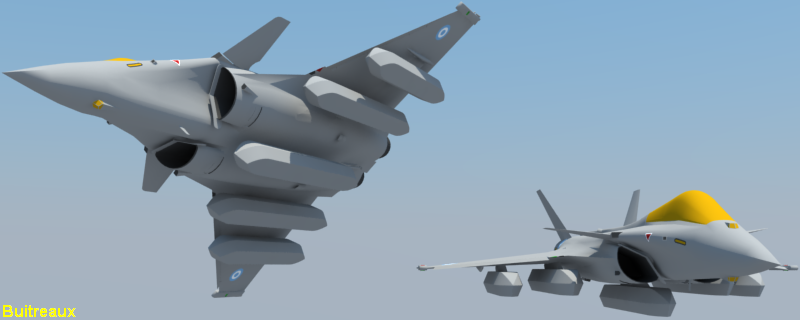When external stores are hung, huge areas of return form between the aircraft, pylon, and store. In particular, almost all aircraft external stores have "fins" of some type, and by placing a fin right next to an aircraft, even that small area creates a 90-degree reflected bounce. This also occurs on the fins of the missile or bomb itself.
In very simple layman terms, if an area "appears" busy, with lots of small metallic objects in proximity, it tends to create a return. Think of an engine exhaust or intake unprotected, or a cluster of AA missile fins on a pylon.
One of the largest returns comes from a traditional cockpit. In older airplanes, the radar signal enters, bounces around thousands of times, and exits like a flashlight. And unprotected radomes do this as well, as the signal goes through the RF transparent radome and pops right out. Technologies to limit these are very classified. That cool tinted canopy on the newer F-16's isn't a giant ray-ban sun screen!
Even tiny corner reflectors make a powerful signal. For aerial gunnery training, a plywood target is put together, and so it can be seen on radar, a single aluminum sheet corner reflector is bolted on the back. This device is only 1/2 a meter across, yet can be locked up like a B-52.
Again, in simple terms, if it looks busy, jumbled, and it's metallic, then it'll be reflective.
The fins on this AIM-9 alone could be seen at great distances by modern radar.











